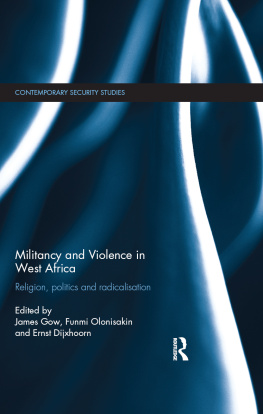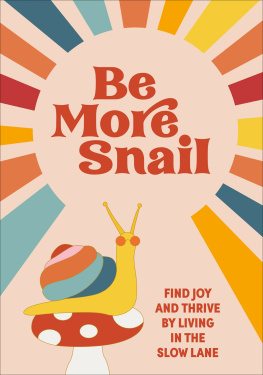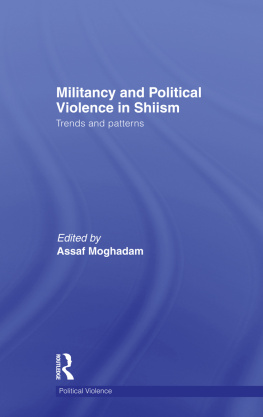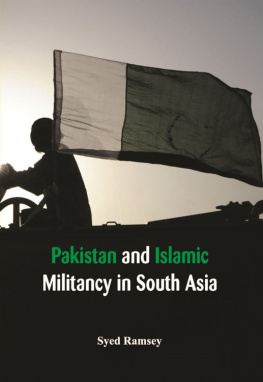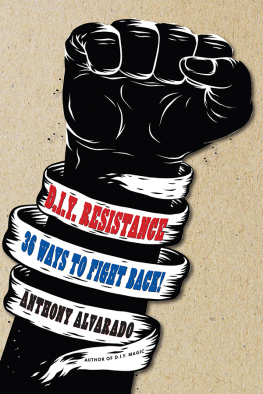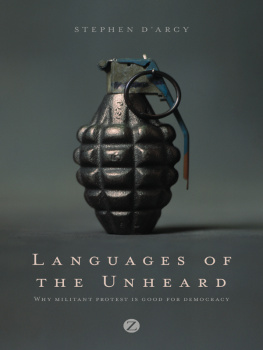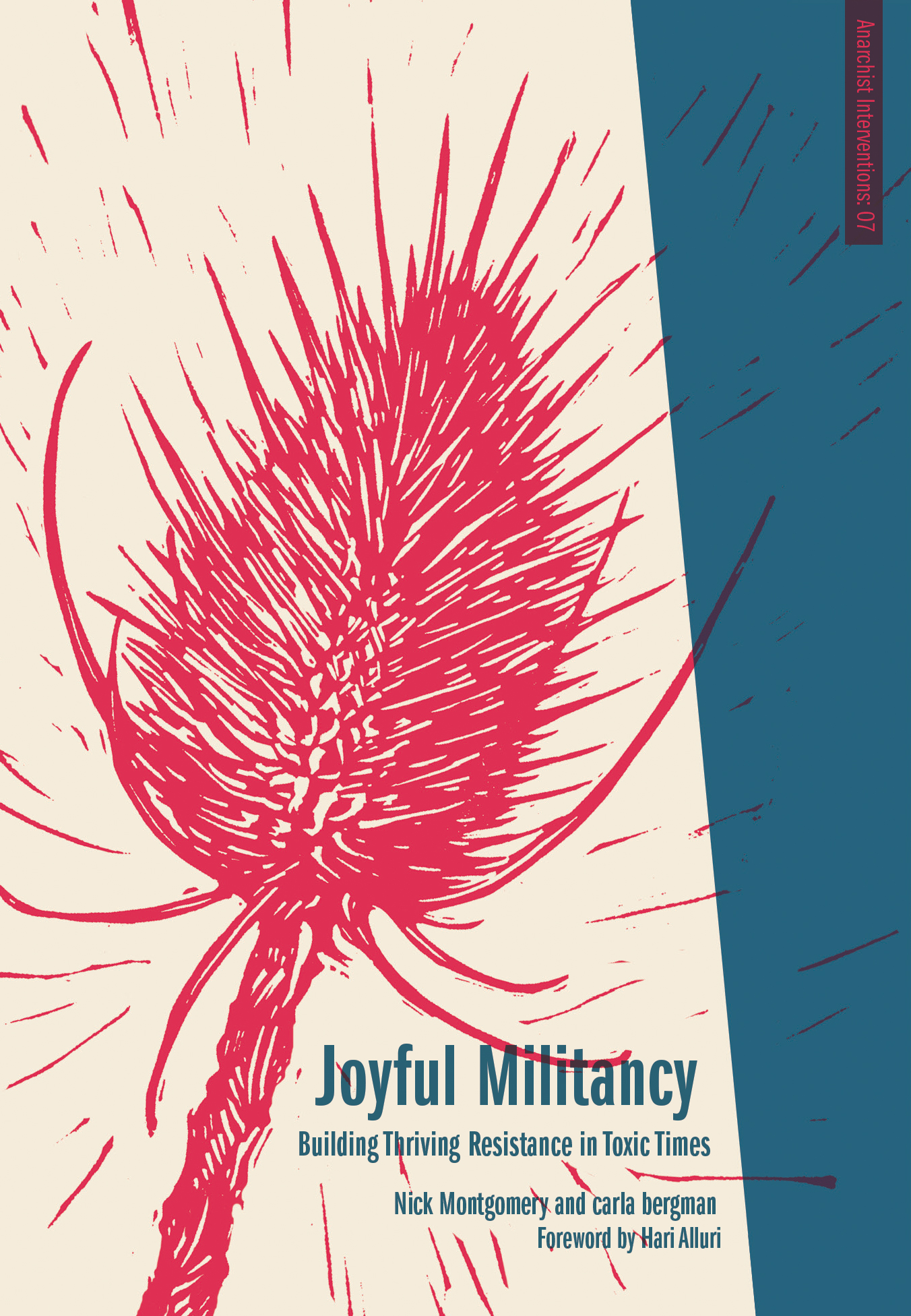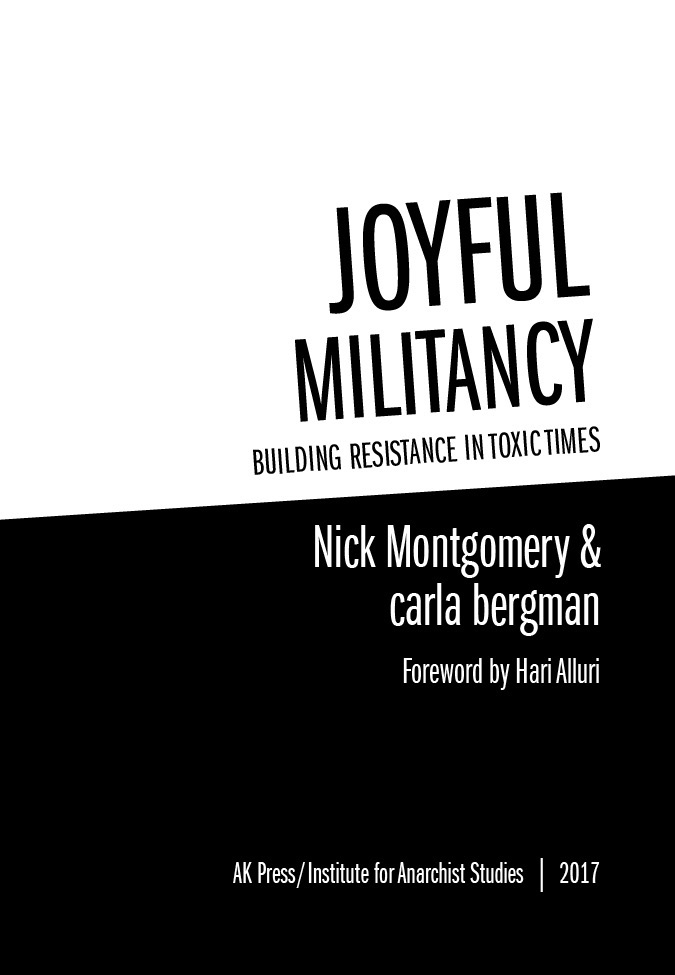Radical ideas can open up spaces for radical actions by illuminating hierarchical power relations and drawing out possibilities for liberatory social transformations. The Anarchist Intervention seriesa collaborative project between the Institute for Anarchist Studies (IAS) and AK Pressstrives to contribute to the development of relevant, vital anarchist theory and analysis by intervening in contemporary discussions. Works in this series will look at twenty-first-century social conditionsincluding social structures and oppression, their historical trajectories, and new forms of domination, to name a fewas well as reveal opportunities for different tomorrows premised on horizontal, egalitarian forms of self-organization.
Given that anarchism has become the dominant tendency within revolutionary milieus and movements today, it is crucial that anarchists explore current phenomena, strategies, and visions in a much more rigorous, serious manner. Each title in this series, then, will feature a present-day anarchist voice, with the aim, over time, of publishing a variety of perspectives. The series multifaceted goals are to cultivate anarchist thought so as to better inform anarchist practice, encourage a culture of public intellectuals and constructive debate within anarchism, introduce new generations to anarchism, and offer insights into todays world and potentialities for a freer society.
Foreword by Hari Alluri
Willing to be Troubled: an essay with a love note to Gil Scott-Heron
Weve all heard so many conflicting words
About life, whether wrong or right
How you gotta be workin hard
And it aint no easy job
To survive. Just keep it alive
Gil Scott-Heron, Willing
Like the moment when I first heard Gil Scott-Heron, I knew upon first read that I would return to this book. The isolations of capitalism and the despairs of facing Empires increasingly blatant yet always insidious machinations, oppressions, and attacks will drive me to seek the reminders that are here: of how to recognize my own moments of rigidity, and of how to recognizebeside, within, and far from memoments of transformation. Though written by two white folks with deeply different experiences than Gilfolks who crucially implicate not just their privileges but also their behaviorsthis book, like the song Willing quoted above, offers the echoes of sparks that pull me through lamentation toward reflection and action. Against the types of moments that, within movements, can lead to a loss of collective power, both song and book offer me images of radical folks engaged in outright and everyday acts of resistance. They let me glance back, not nostalgically but gladly, at the faces of folks in my own communities actively supporting each other in radical friendships and lives whose resemblance to mainstream representations of happiness is only cursory: because there is a strength I see there that comes fromas carla bergman and Nick Montgomery identify itthe type of joy that looks and feels like growing more powerful together.
This book troubles the second line of Gil Scott-Herons Willing, a song that, like much of his most powerful and resonant work, itself carries an air of troubling. Joyful Militancy called me back to this song and also through it because the project of this book is to move beyond wrong or right into a space of ethical questioning that is always already conflicting yet, while shifting, can also be strong ground on which to build. As bergman and Montgomery identify in their introduction, rigid radicalism stifles productive tension and risk-taking by tending towards mistrust and fixed ways of relating that destroy the capacity to be responsive, creative, and experimental. They continue astutely, refusing to fix joyful militancy as an ideal, thinking of it instead as a fierce commitment to emergent forms of life in the cracks of Empire, and the values, responsibilities, and questions that sustain them. The structure and focus of the book are both attentive to moments of slippage and to regenerative practices. Because of this, I recall again listening to Gil Scott-Heron. I am thinking now of live versions of songs played with a full band that slip into and out of long and beautiful minutes of improvisation, especially versions of The Bottle in which Gil identifies the rhythm as Guan Guanco, the rhythm of rebirth and regeneration that survived the middle passage, a rhythm whose timing, like Gils lyric tenacity from The Revolution Will Not Be Televised through The Bottle to Willing and beyond, can be troubling even as it cycles. One of the most powerful elements of Joyful Militancy is its commitment to remaining ever troubled: because no single program can give us the comfort of handing over to it the burdens of the work itself; because to remain troubled is to sustain a space of movement; because so many movements offer examples of a potential beauty that is itself improvised and cyclical.
This book is about connections, about echoes. It is built, as Willing is, on an acknowledgment of uninterrupted survival and resistance. In choosing examples of movements and moments in which people offer everyday and organized versions of joyful militancy, bergman and Montgomery remind us that, despite all attempts to eradicate dissent, despite genocides and pogroms and police attacks and surveillance and micro-aggressions and the myriad ways in which we hurt each other, we are uninterrupted. We are always already in conversation with movements and moments of the past that were themselves about growing more powerful together, having each others backs, resisting corrosive practices while retrieving supportive ones, choosing to work and grow in friendships less rusted by the imperatives of capitalism and Empire: There areand there always have beenmany places and spaces where alternatives are in full bloom.
Crucially, this book begins inside movement spaces, spaces in which critiques of colonization, capitalism, and Empire already exist: bergman and Montgomery are not set out to convince a non-radicalized audience of the need to resist. Rather, combining rigor with accessibility, they affirm the lineages and contemporary currents of radical thought and practice they draw from while acknowledging the historical violence that made and make them necessary. Echoing Rebecca Solnit, they state, Everyday life under Empire is already a certain kind of disaster. In a time when anarchist is treated by too many as an empty epithet, in a time when the most vulnerable communities are being targeted with cruelty, they openly state that for joy to flourish, it needs sharp edges.
This books opening urge is to respond to the affective imperatives of what the authors term rigid radicalism :
It is the pleasure of feeling more radical than others and the worry about not being radical enough; the sad comfort of sorting unfolding events into dead categories; the vigilant perception of errors and complicities in oneself and others; the anxious posturing on social media and the highs of being liked and the lows of being ignored; the suspicion and resentment felt in the presence of something new; the way curiosity feels nave and condescension feels right.


